The term stain is used to describe a colorant that is applied to wood to change the color. While this is a general term, it should be understood that stains are not all equal. Aside from the differences in hues and colors, there are various categories of commercial stains that are available. If you want to get serious in learning the art of staining, knowing the types of wood stains will help you to make the best choices.
1. Water-Based Stain
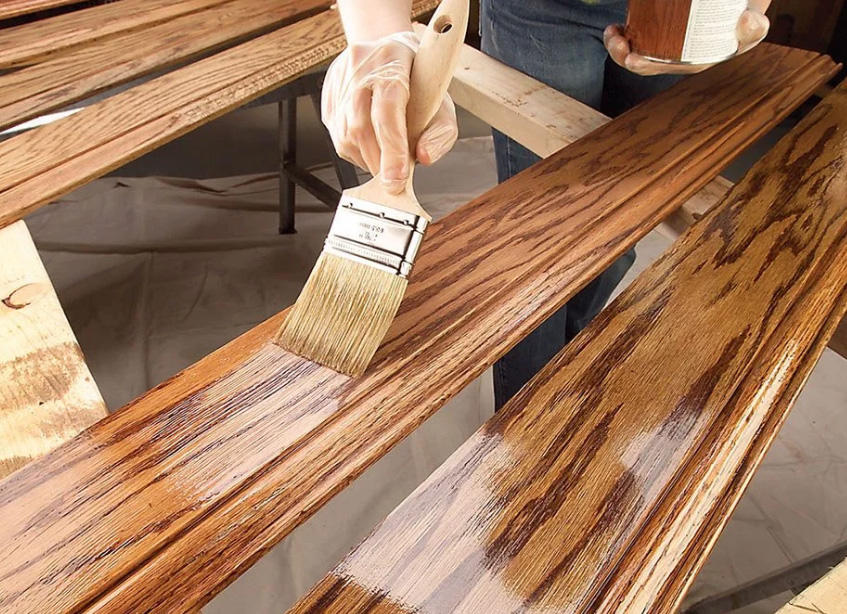
If you are looking for the most natural, least likely to irritate, and easiest to clean up type of stain, then water-based stains might just be what you are looking for. As suggested by the name, it can easily be cleaned using water. This is also the recommended option if you plan to work on a project that uses a water-based finish. Avoid applying resinous finishes or water-based polyurethane over varnish or oil stains, unless you have a lot of time to allow it to dry.
Note, however, that water-base stains may be challenging to apply, since waterworks by raising wood grain, thus affecting the wood texture. This effect can be avoided by wetting wood ahead, sanding off the grain which has been raised. Also, water dries fast. If you fail to immediately wipe excess stain, the coat may be splotchy.
2. Oil-Based Stain
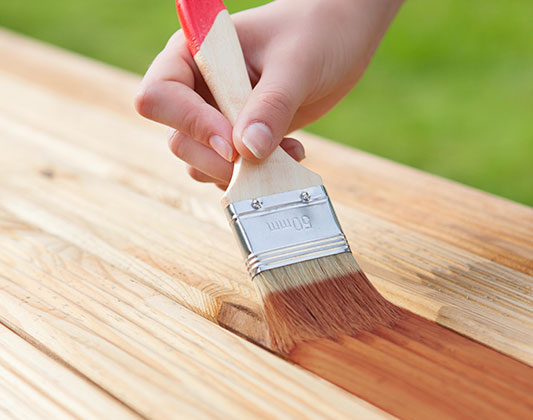
Most people equate wood stain with oil stain. This is the most common wood stain available commercially. The formulation of this type of stain gives you a more even stain. As such, an oil-based stain is ideal for big projects since there is no need to micromanage each brushstroke. This also avoids splotching.
Oil-based stain can either be cleaned up or thinned using mineral spirits or paint thinner. They may also contain pigments, dyes, or even both. Any type of finish may be applied over oil-based stains except water-based finishes.
3. Varnish
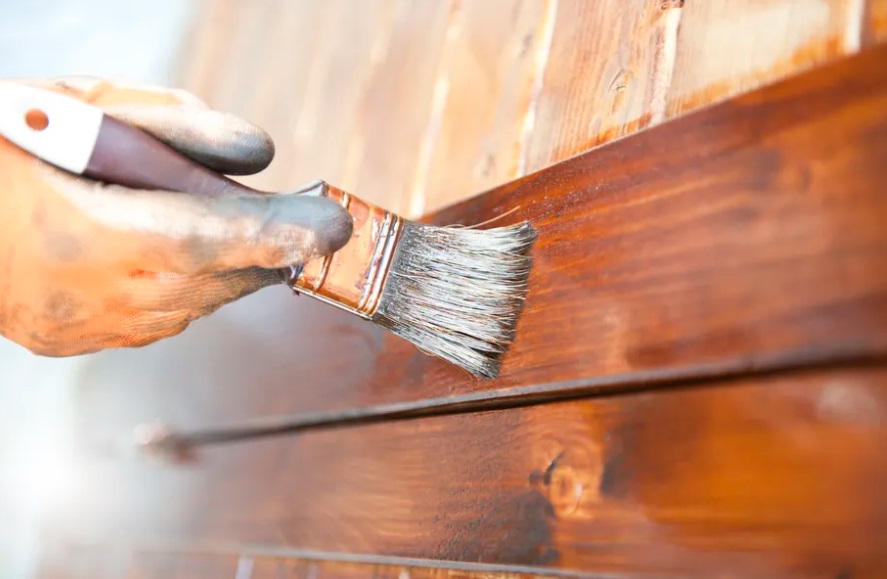
This type of stain contains a binder of finish instead of oil. Vanish can dry hard, which means that there is no need to wipe off the excess stain from the surface just to get an even coat. It also removes the need to use a finishing coat because the stain is already the finishing coat. Even though the excess varnish needs not be wiped away to clean, a coat of varnish that is not applied evenly may appear splotchy, which means that more coat is needed. Varnish stain is ideal for small projects, working on surfaces that are scuffed or worn, and stained surfaces.
4. Gel Stain
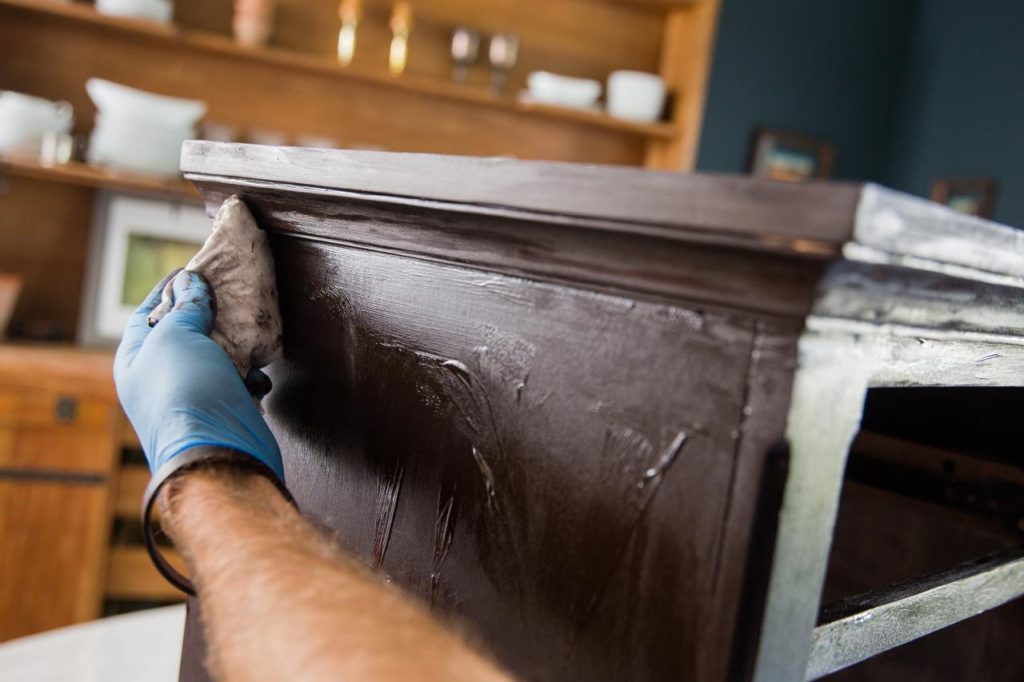
Most gel stains are oil-based. The difference is that they come with a thick consistency, similar to that of mayonnaise. Applying this type of stain can be quite messy, but gel stain is best at producing a splotch-free coat. If you are looking at staining pipe, take into consideration gel stain.
5. Water-Soluble Dye Stain
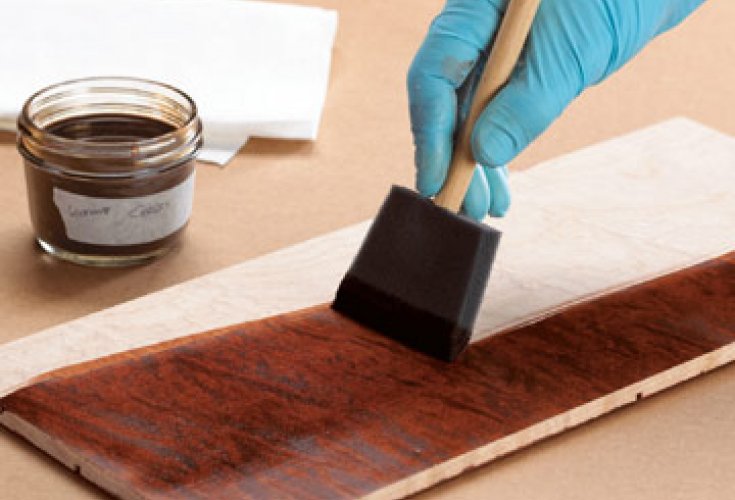
This type of stain is available in powder form. It is also referred to as aniline dyes, created to dye fabric. They are preferred because of their variety of attractive colors. They are also very easy to work with. With trial and error, you can eventually learn to add more or less to adjust the output of your dye.
6. Lacquer Finish
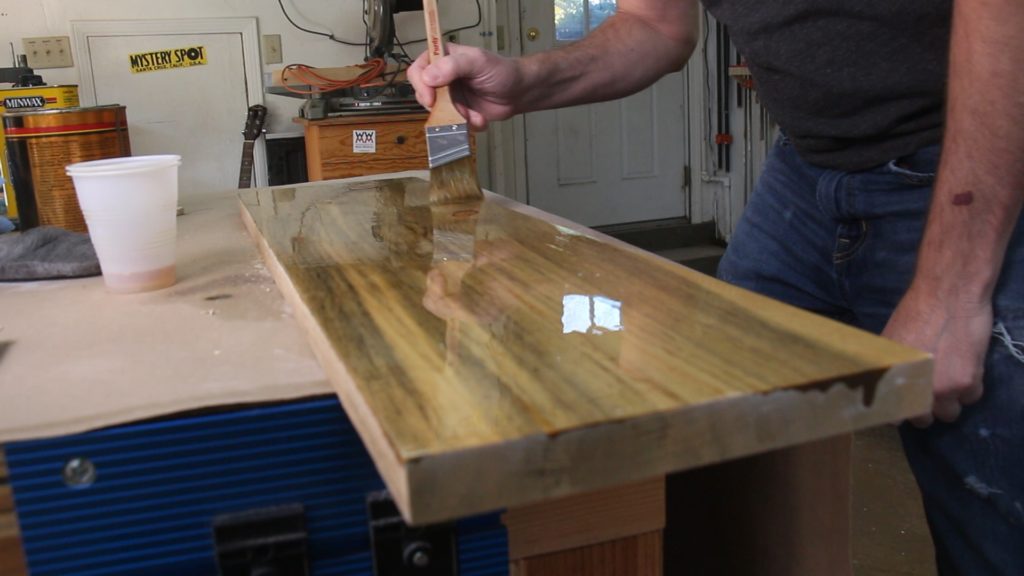
This type of stain does not contain lacquer. It is usually composed of some type of fast-drying varnish which typically contains ketones and xylene. They can be combined with lacquer to achieve a pigmented lacquer. It also dries fast, about 15 minutes, making them an ideal option among professional woodworkers.
Using lacquer finish requires professional woodworkers because the quick drying times are prone to mistakes. For bigger projects, a team of two may be needed. One can apply the stain, while the other follows to remove the excess.
7. Metalized Dye Stain (Metal-Complex)
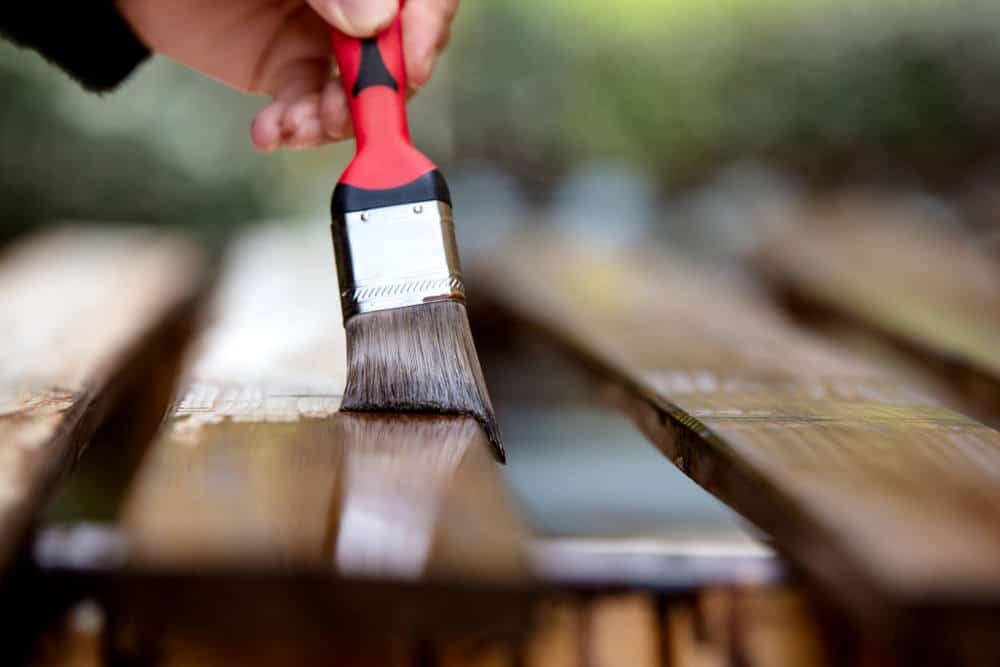
The original metalized stains were created to resist fading, but the modern options fade, though slower than the water-soluble dye stains. Adding metals such as cobalt, chromium, nickel, and copper result in a sturdy dye finish. Metalized dye stain also comes pre-thinned using acetone. They are also ready to apply. Others, on the other hand, have to be thinned using water, alcohol, or alcohol.
Conclusion
In this guide, we have highlighted the different types of wood stains, together with their description and uses. When it comes to popularity, among the most commonly used options are water-based and oil-based stains. It is a good practice to test a stain sample when using. All you need to do is apply it on a wood piece first. Give some time for the stain to properly dry, and look at the results. With all of this information, you are in a better position to select the best stain for your woodworking project. Share with us your thoughts in the comments section below!
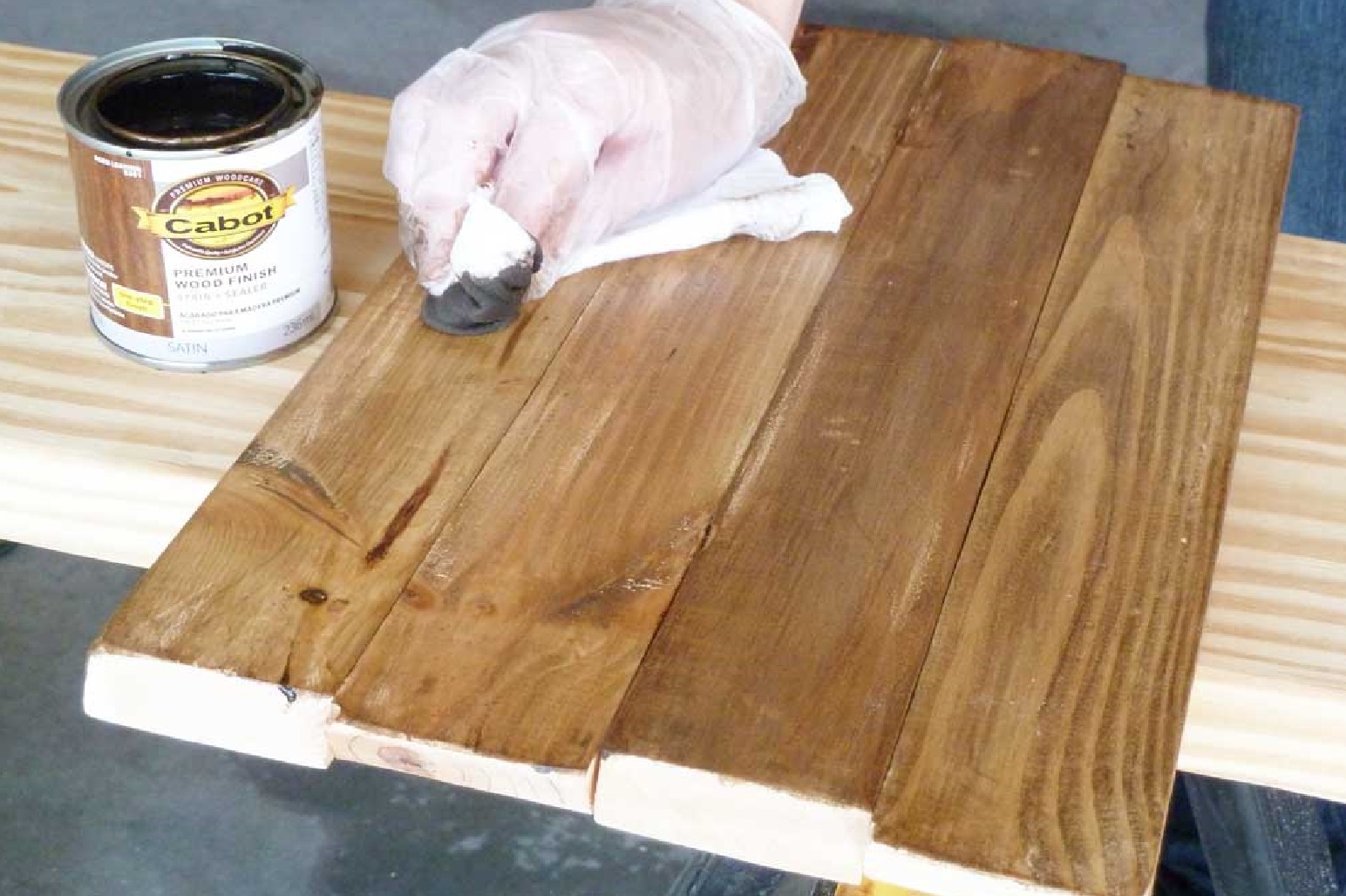
Leave a Reply